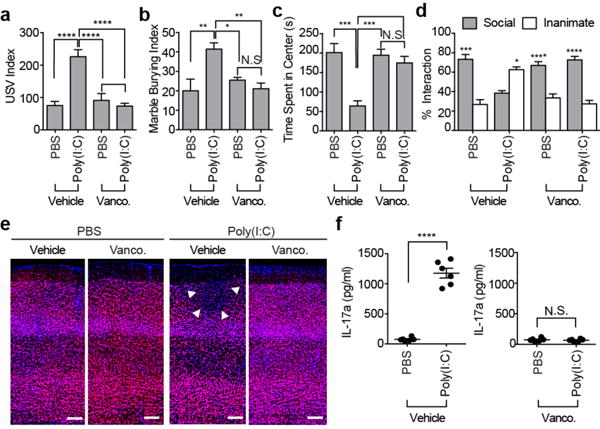Figure 1. Maternal bacteria promote abnormal behaviors associated with neurodevelopmental disorders in MIA offspring.

a, Ultrasonic vocalization (USV) index (n=28/34 (vehicle;PBS/poly(I:C)); n=26/30 (vancomycin;PBS/poly(I:C)); 5-6 independent experiments). b-d, Marble-burying index (b) time spent in the center of an open field (c), % interaction (d) in the sociability test of adult offspring described in (a) (n=13/15 (vehicle;PBS/poly(I:C)); n=12/16 (vancomycin;PBS/poly(I:C)); 3-4 independent experiments). e, Representative images of adult offspring brains from PBS-/poly(I:C)-injected mothers treated with vehicle/vancomycin. Arrows indicate cortical patch. Scale bar,100 μm (n=3/4 (PBS;vehicle/vancomycin); n=5/4 (poly(I:C);vehicle/vancomycin); 2 independent experiments). f, Maternal plasma concentrations of IL-17a 48 hrs after PBS/poly(I:C) administration into dams at E12.5 (n=6/group; 3 independent experiments). *p<0.05, **p<0.01, ***p<0.001, ****p<0.0001 as calculated by one-way (a-c) and two-way (d) ANOVA with Tukey post-hoc tests and Student’s t-test (f). N.S., not significant. Graphs indicate mean +/− s.e.m.
